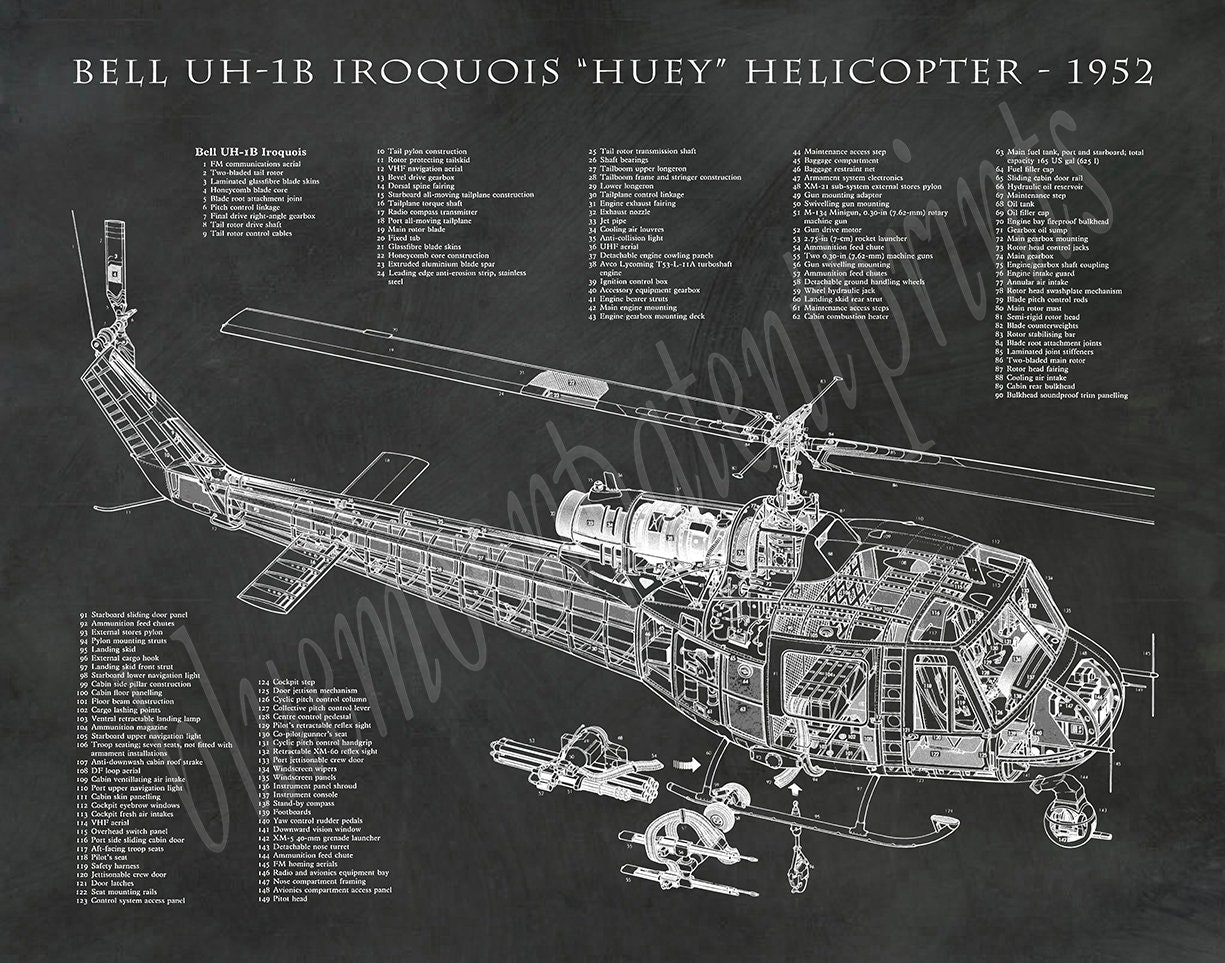

This practice was commonly termed as using a Free 60.ĭoor gunners were normally restrained for safety within the aircraft, by either using a standard lap belt, or if the gunner wanted freedom of movement within the aircraft while still being retained, he used a monkey harness, which was a GI safety harness worn on the torso, and anchored to the aircraft floor, or cabin wall. However some door gunners simply continued to hand-wield the weapon for a maximum level of maneuverability of fire. As the war progressed, using bungee cords to suspend/retain the MG became a common practice, as the newfound maneuverability of these "bungeed" weapons allowed for increased firing angles. Initially, the door gunner's MG weapons were mounted on swiveling mounts (on a pintle mount) in order to retain and steady the door armament weapon. Therefore door gunners on Vietnam photographs are sometimes seen using an M1 Carbine, an M14 rifle, or an M16 rifle, as their only weapon. Army helicopter units, flying CH-21 helicopters, that began flying combat missions in Vietnam in 1962 didn't. Initially however not all helicopters were armed or outfitted with a dedicated MG for door armament. 30 caliber MG, and soon thereafter, the M-60 7.62mm MG became the standard helicopter door armament system. Later, as the war progressed, the door gunner position sometimes used a non-aviation rated/trained soldier or marine, that volunteered for door gunner duties.įor the majority of the Vietnam war, the principal weapon of the door gunner was a medium machine gun (MG), initially, a Normally, a second enlisted soldier served as a second door gunner (such as on a UH-1, and UH-34, which both used two gunners – one on each side of the aircraft). The original personnel who served as early door gunners aboard CH-21, UH-34, and UH-1 helicopters in Vietnam, were enlisted men, with a designated and specially trained crew chief serving as both the aircraft's maintenance manager and a door gunner. The concept of the door gunner originated during the Vietnam War, when helicopters were first used in combat in large numbers. 1966) is shown manning his duty position on a UH-1B/C helicopter gunship, with a 'bungee cord' securing his M-60 machine gun to the aircraft cabin doorway. The exhibit is scheduled to open in November.A U.S. Once complete, the new exhibit will offer visitors an engaging and informative display, according to Morando. The museum staff has been busy re-configuring the old exhibit to make way for new items to include a 6-ton M85 Laundry Unit, which was installed last month. In August, the Center of Military History delivered the helicopter to Fort Lee from Aberdeen Proving Grounds, Md. The Huey is without a tail boom and rotor, which made it possible for it to fit inside the museum. "We are in the process of renovating the entire aerial delivery gallery and we expect this piece will be a major draw." "This item will be used as a prop to tell a vital part of the aerial delivery mission," said Paul Morando, museum director. The helicopter will be part of a new exhibit to help tell the story of aerial delivery's sling load mission. Army Quartermaster School, moved a Bell UH-1H Iroquois "Huey" helicopter into the museum Sept. Members of the Aerial Delivery and Field Services Department, U.S. Army) VIEW ORIGINAL 3 / 3 Show Caption + Hide Caption – (Photo Credit: U.S. Army) VIEW ORIGINAL 2 / 3 Show Caption + Hide Caption – (Photo Credit: U.S.


1 / 3 Show Caption + Hide Caption – (Photo Credit: U.S.


 0 kommentar(er)
0 kommentar(er)
